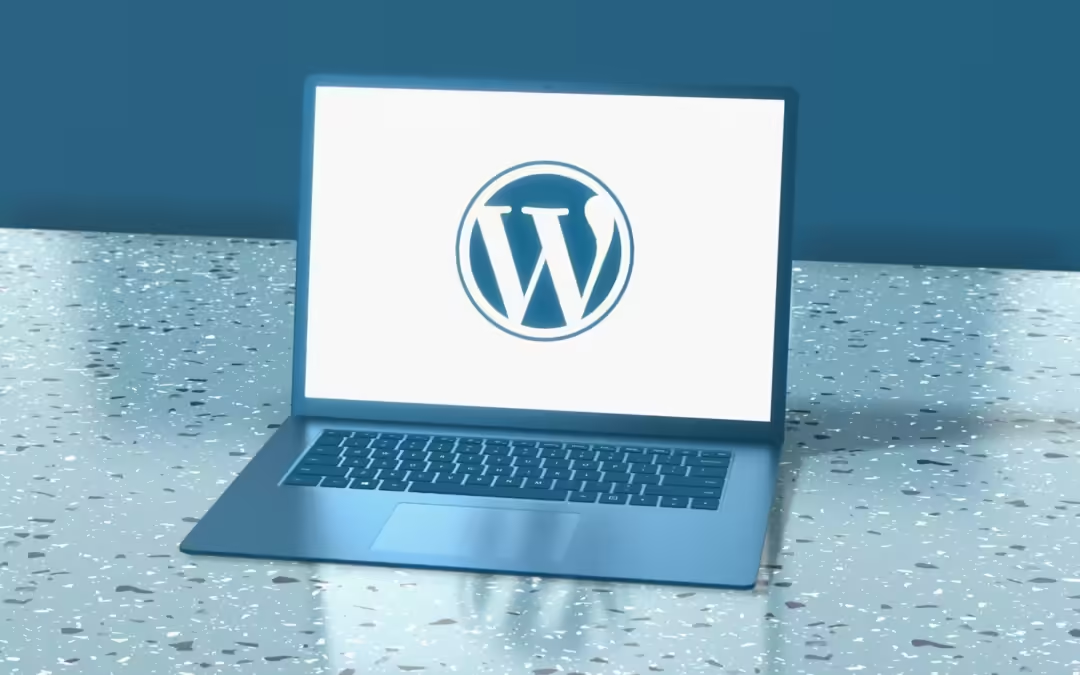10 WordPress Security Tips You Should Not Ignore in 2024
Wednesday, 19th June 2024
Share the post "10 WordPress Security Tips You Should Not Ignore in 2024"
Whether you run a personal blog or a professional website, in today’s world, a strong security posture for your WordPress site is more important than ever. Cyber threats are evolving all the time; so there is an urgency to keep reinforcing your digital security not only to save your data but also to maintain your reputation.
Here are ten vital WordPress security tips to keep your site safe in 2024.
1. Regularly Update WordPress. This is the first line of defence against vulnerabilities for your site. You will notice that WordPress keeps releasing updates, most of which contain security patches, so be sure you’re using the latest version.
Actionable Tip: Enable automatic updates for minor releases and regularly check for significant updates.
2. Use Strong Passwords and Activate Two-Factor Authentication (2FA). Weak passwords are like a soft underbelly to your digital defences. Strong passwords coupled with 2FA beef up security around your logins.
Actionable Tip: Use a password manager to create and store long and complex passwords and enable 2FA for all user accounts.
3. Secure Hosting Provider. The hosting provider you choose significantly ensures your website’s security. Look for a hosting provider reputed for good security features like firewalls, malware scanning, and backups at regular intervals.
Actionable Tip: Research hosting providers offering holistic security functionalities and with good reputations.
4. Install a WordPress Security Plugin. A WordPress security plugin can help guard against vulnerabilities by installing features like firewalls, malware scanning, and login protection.
Actionable Tip: Install and configure a reputable security plugin; some good options include Wordfence or Sucuri Security.
5. Back Up Your Site Regularly. In the case of a breach, you will need to restore your site from your backup as soon as possible. Backups should be stored in different places away from the site and on different networks/servers for added security.
Actionable Tip: Schedule automatic backups and verify they are successfully created and stored offsite.
6. Limit Login Attempts. Thus preventing brute force attacks where hackers try multiple combinations of passwords to hack an account.
Actionable Tip: Use a plugin that limits the number of login attempts and locks out further attempts after a particular number has been reached.
7. Change the Default Login URL. A simple plugin that will change your default WP-Admin with some other custom URL and do fundamental URL rewriting with no performance loss.
Actionable Tip: Use a plugin that quickly rewrites your login URL into something unpredictable.
8. Disallow File Editing in Dashboard. WordPress allows file editing inside the dashboard, which can be another security vulnerability if someone hacks you. Add one more security layer by turning this off.
Actionable Tip: Add define('DISALLOW_FILE_EDIT', true) to your wp-config.php file to turn off file editing.
9. Secure Your wp-config.php File. Your wp-config.php file contains essential information about your WordPress installation. You need to prevent this file from unauthorised access.
Actionable Tip: Move the wp-config.php to a non-public directory and limit the access via .htaccess.
10. Monitor Your Site for Suspicious Activity. Regular monitoring can help you detect and respond to security threats promptly. Set alerts on your security plugins for unusual activities, such as numerous failed logins and changes in your files.
Critical Insight: Keep an eye out for security plugins with real-time monitoring and alert functionalities. Also, try to browse through activity logs for your site regularly.
An unrelenting vigil and proactive methods are the secret keys to securing your WordPress site. Implement these ten essential security tips and reduce your exposure to cyber threats considerably, ensuring the safety of your site in 2024. Keep updated; use strong protection measures like a professional WordPress Maintenance and Care Plan to monitor your site for protection.
Using these tips, you can create a secure environment for your WordPress site; hence, peace of mind and get to concentrate on growing your online business. Security is a process whereby the knowledge of the latest threats and security practices will be an advantage in protecting your site.
Share the post "10 WordPress Security Tips You Should Not Ignore in 2024"
Jason Boyd
Jason is a dedicated WordPress specialist with extensive experience in building, customising, optimising, maintaining, and managing WordPress sites. His journey with WordPress began in the early 2000s, providing him with a deep understanding of the platform's evolution.
Jason has worked on various projects, from personal blogs to complex websites for large government bodies. He is actively involved in the WordPress community, contributing as a developer and commentator, which keeps him updated with the latest trends and technologies.
A notable highlight of his career was serving as an Invited Expert with the World Wide Web Consortium (W3C) for three years, allowing him to influence web standards and apply that knowledge to his WordPress projects.




